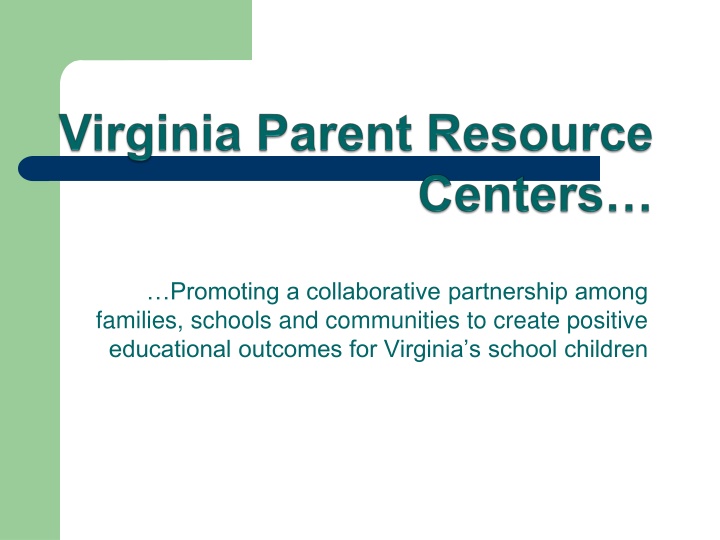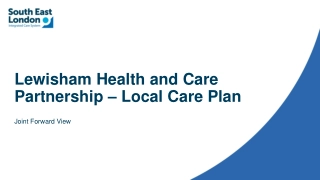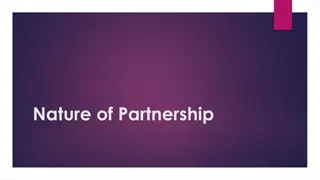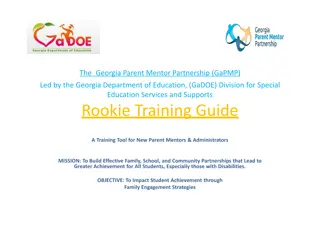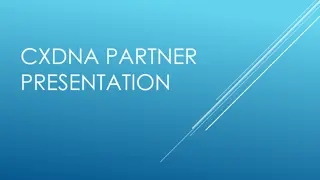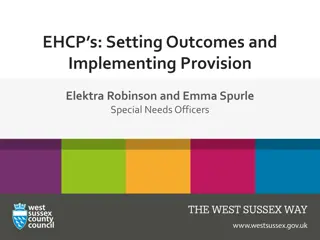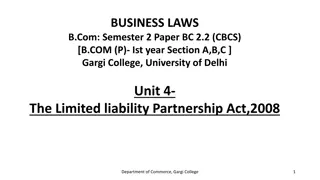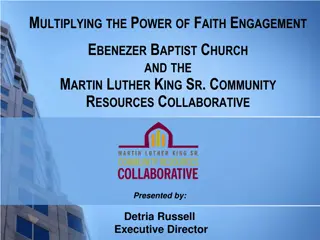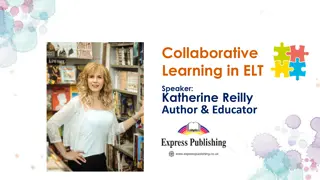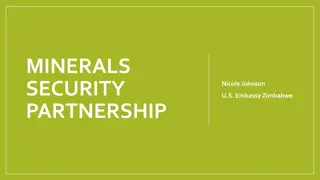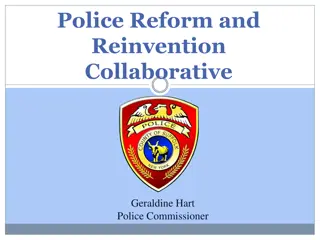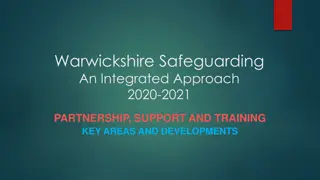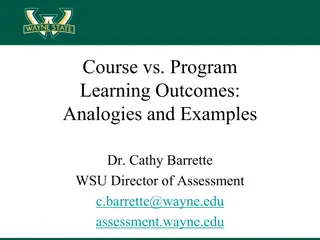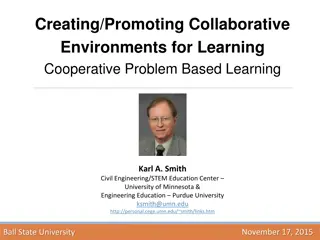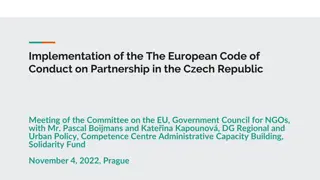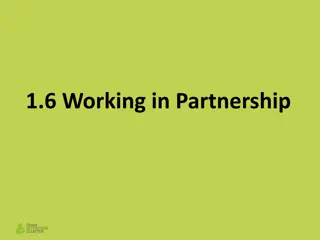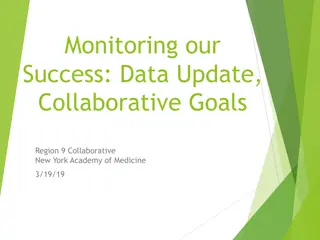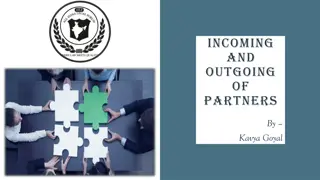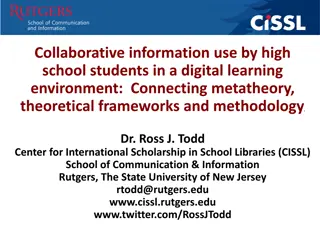Promoting Collaborative Partnership for Positive Educational Outcomes
Collaborating with families, schools, and communities in Virginia to enhance educational outcomes for children. Research shows significant parental influence on academic achievement. Supported by laws like ESEA and IDEA. Virginia Parent Resource Centers (PRCs) offer valuable services in the local school system.
Download Presentation

Please find below an Image/Link to download the presentation.
The content on the website is provided AS IS for your information and personal use only. It may not be sold, licensed, or shared on other websites without obtaining consent from the author.If you encounter any issues during the download, it is possible that the publisher has removed the file from their server.
You are allowed to download the files provided on this website for personal or commercial use, subject to the condition that they are used lawfully. All files are the property of their respective owners.
The content on the website is provided AS IS for your information and personal use only. It may not be sold, licensed, or shared on other websites without obtaining consent from the author.
E N D
Presentation Transcript
Promoting a collaborative partnership among families, schools and communities to create positive educational outcomes for Virginia s school children
Supported by Research. . . Research concludes the evidence is consistent, positive and convincing: families have a major influence on their children s achievement in school and through life. . . . U.S. DOE Parent Involvement Non-Regulatory Guidance Document, April 2004
Supported by Law. . . The Elementary and Secondary Education Act: defines parental involvement as the participation of parents in regular, two-way and meaningful communication involving student academic learning and other school activities including: parents playing an integral role in assisting their child s learning parents being actively involved in their child s education at school parents acting as full partners in their child s education
Supported by Law. . . Individuals with Disabilities Education Act: Provides for parent involvement throughout the special education process Requires training for parents in the special education process
VA Parent Resource Center Origins. . . In May of 1988, the Virginia Board of Education (VDOE) set a goal to expand the network of Parent Resource Centers statewide and to earmark funds to assist local school divisions with start-up costs; this continues today. The VDOE added, and maintains, personnel to serve as Parent Specialist in working with PRCs across the Commonwealth.
VA State Improvement Plan . . . Indicator 8: Percent of parents with a child receiving special education services who report that schools facilitated parent involvement as a means of improving services and results for children with disabilities.
VA Parent Resource Center Network . . . Find a listing of VA PRCs http://www.vaprcs.org/
Virginia Parent Resource Centers provide services within the local school system to promote meaningful family involvement including: Maintaining a lending library of resources Offering training on such topics as parenting, disability awareness, IEP development and the special education process and special education regulations.
Virginia Parent Resource Centers Providing information regarding conferences and training opportunities Sharing community resource information Supporting individuals within the community with one-on-one meetings, phone calls and/or emails Publishing newsletters and maintaining websites of resources for families and educators
Virginia Parent Resource Centers What do parents and professionals say about Parent Resource Centers? http://www.vcu.edu/partnership/vaprcs/video/Gray_0001.wmv http://www.vcu.edu/partnership/vaprcs/video/Purple.wmv http://www.vcu.edu/partnership/vaprcs/video/Tan.wmv
Virginia Parent Resource Centers Submit data annually highlighting their activities The following data was reported for school year 2010-2011 36 PRCs submitted data for 2010-2011 for a 68% response rate
Virginia Parent Resource Centers . . . On average in 2010-11, PRCs reached out to 523 individuals; with total local PRC contacts of 17,375 parents, school personnel, and other individuals. Virginia s PRCs Number and Percentage of Contacts by Category, 2011-11 21% N=14,880 43% N=30,422 Parents N=26,027 36% School Personel Other Individuals
Parent Resource Centers Provided Support or Information . . . Number and Percentage of How PRCs Provided Support and Information, 2010-11
Virginia Parent Resource Centers Served Diverse Groups . . . Number and Percentage of Contacts by Race/Ethnic Group, 2010-11 30,000 N=25,966 48% 25,000 N=17,829 33% 20,000 15,000 N=7,871, 14% 10,000 N=1,336 2% N=847 2% 5,000 N=388 1% N=108 0% 0 Not Hispanic or Latino American Indian, Alaska Native Asian Black/ African American Native Hawaiian White Hispanic or Latino
Parent Resource Centers were contacted about . . . Top Requests for Information in 2010-11: IEP Process and Content Behavioral Issues
Parent Resource Centers were contacted about . . . Top Disability Reasons for Contacts, 2010-11 Autism Specific Learning Disabilities & Other Health Impairments
Virginia Parent Resource Centers Keep People Informed . . . Through electronic and print information delivered to: Parents Educators Administrators School Board members Community agencies Other service providers Special Education Advisory Committee members
Virginia Parent Resource Centers . . . Provide information about: Evidence-based practices Current research Advances in knowledge Success stories Local, state, and national news, events, and conferences
VA Parent Resource Centers . . . Do so much for families and schools to build collaborative connections to improve student outcomes!
